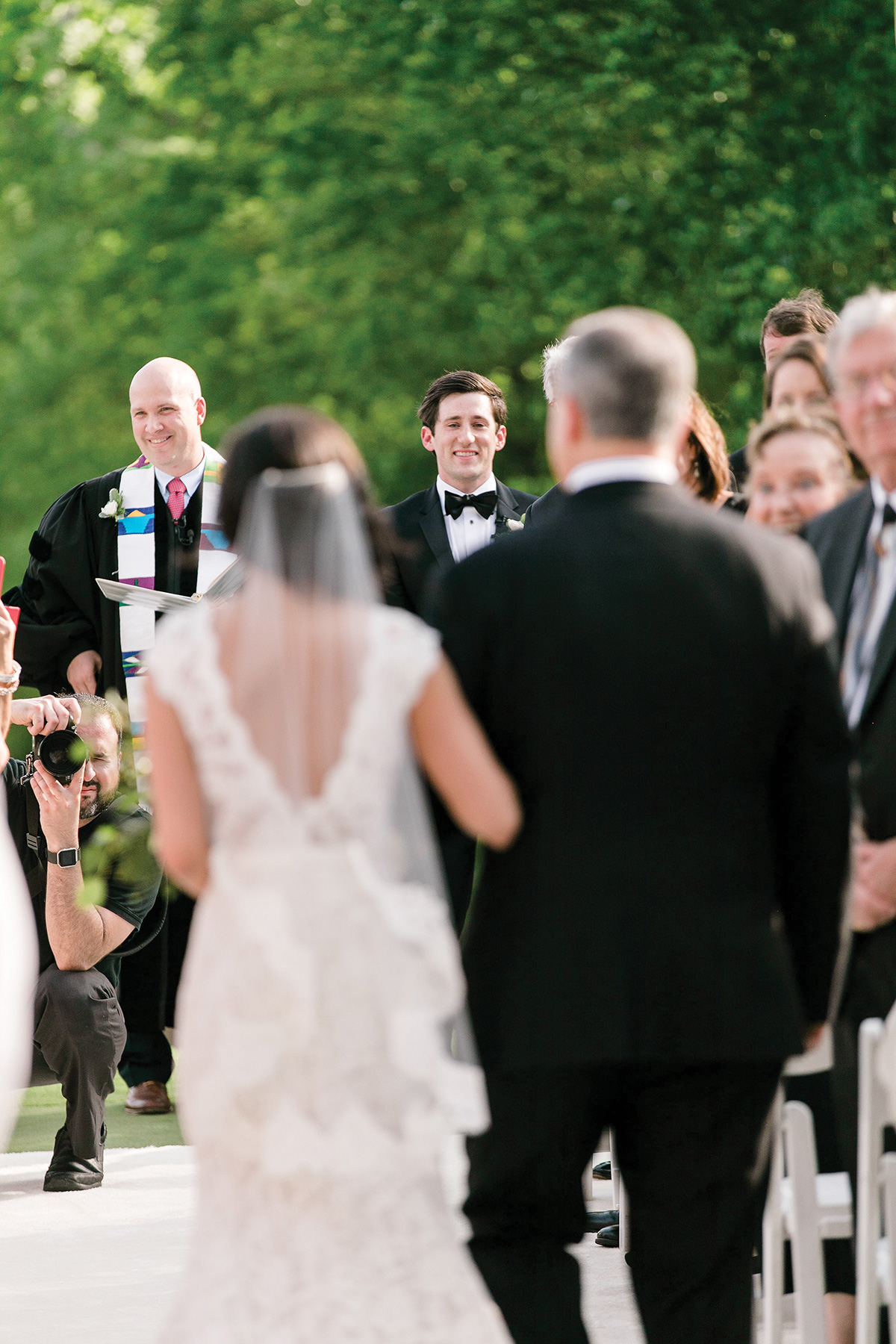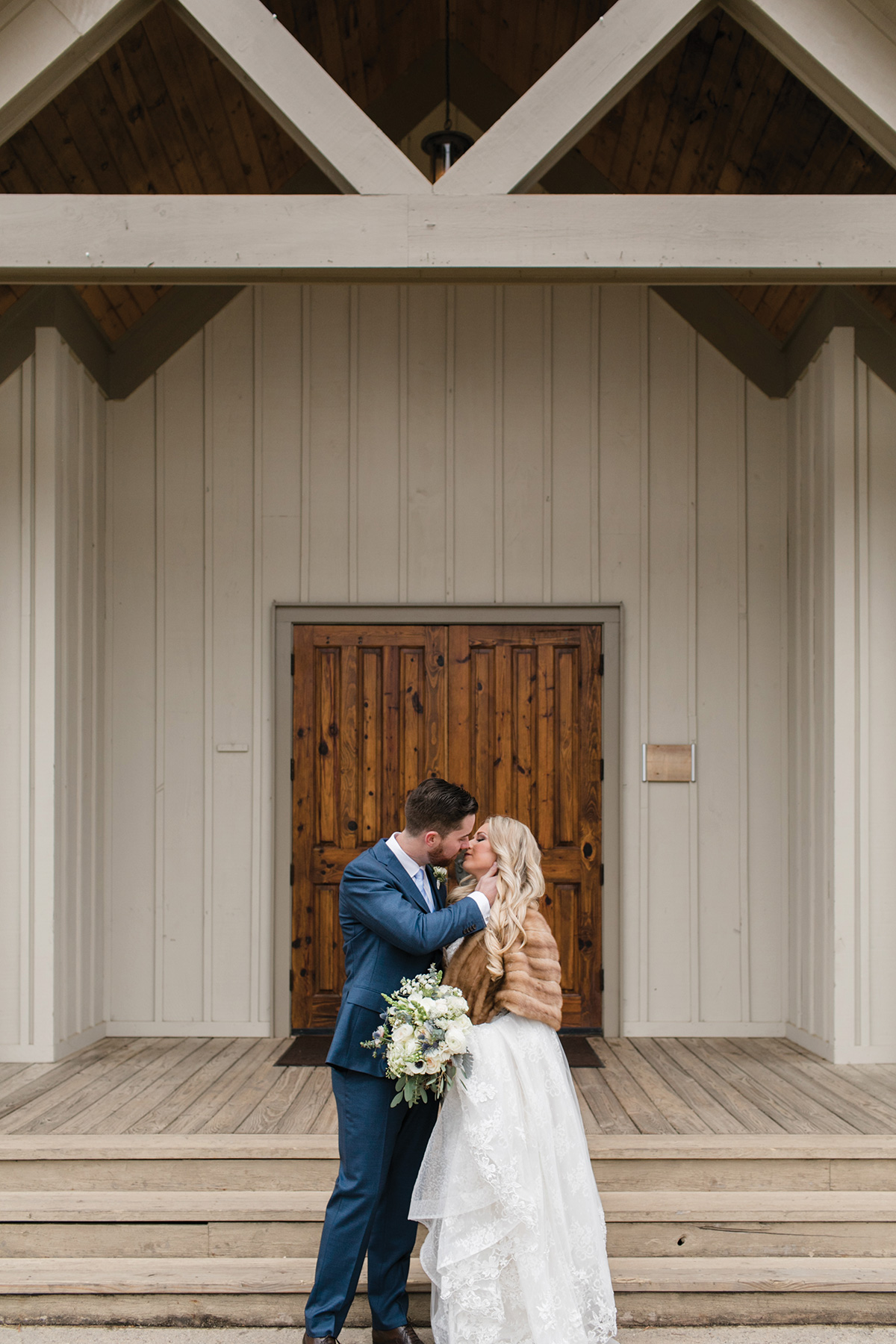Expand Your Wedding Business—Even in a Pandemic—With Video
Wedding photographers have taken a hit during the COVID-19 pandemic. But there are ways to diversify your business to weather the downturn.
• December 2020 issue
It’s no secret that 2020 has hit wedding photographers hard. As events were postponed or reduced, photographers saw bookings erased from their calendars as they struggled to plan for the future.
But is there opportunity hidden amid the chaos? Jon Snyder, co-owner of Jonathan & Kaye Wedding Films outside of Atlanta, Georgia, thinks there is.
“Obviously, all of us in the wedding industry are hurting in one way or another,” says Snyder. “But what if we could use this time to diversify our offerings, get more work, and improve our businesses over the long term?”
Start With What and Who You Know
“It’s all about the warm audience,” says Snyder. Start with your existing network and look for opportunities to expand your offerings while also using holes in your schedule to improve your own promotions.
Offer vendor promo videos. Reach out to some of your preferred vendors (and those you aspire to work with) and offer to help them with promotional videos. These can be simple videos with an interview and some B-roll footage. Most projects should take a day or two to complete. For example, you could set up a shoot with a wedding planner where you spend a day onsite, conduct some video interviews with the planner and some happy clients, and capture some B-roll footage. Edit it into a great promotional video, which you can either sell or provide at cost as a way to build your relationship.
Provide venue videos. People are still planning future events, but with limited travel and pandemic-related restrictions, visiting venues in person may be difficult. Venues need good promotional videos to give clients a sense of the space and decor and are often eager to work with talented professionals who can provide these at a reasonable rate.
Become a second shooter for video. A lot of teams that are still photographing weddings want to expand their offerings to maximize every event. Stepping in as a secondary videographer can be a great way to build videography experience and fill holes in your schedule due to cancellations or postponements.
Create your own promo videos. If you have some unexpected downtime, use it to promote your studio to future clients. Video slideshows of past highlights work great, as well as compilations of any video you may have captured at past events. If you’re able to connect with a few past clients, you can conduct brief client testimonial videos, which add credibility and a personal touch.

Conduct styled shoots and fashion shoots. Designers, planners, venues, and other wedding vendors love to produce styled shoots to showcase their offerings. Even with a restricted economy, many of these shoots are still happening. If you can connect with professionals looking to produce these types of shoots, you can get on the inside track for future bookings and partnerships.
Spin a 360-degree tour. Different from venue promo videos, 360-degree tours are photo compilations stitched together with special software to allow potential customers to tour a space virtually by controlling their own experience. These are particularly important for venues to market themselves online. You’ll need extra equipment for these shoots, like a 360 camera, a special tripod, and some software. Snyder suggests reaching out to a few dozen venues and offering a limited-time deal on this service as an icebreaker.
Supplement your schedule with videography. The wedding industry will come back, and people are already booking events with an eye on a future return to relative normalcy. If you can establish yourself as a respected videographer now, then you can supplement your future schedule with videography gigs.
“Wedding photography tends to book out further and usually pays more, so fill up your schedule with those jobs first,” says Snyder. “Later on, you can supplement your schedule with videography or second shooter video gigs to fill in gaps and help recoup some of last season’s lost income.”
Offer video as a second option. If a potential client chooses another photographer for their wedding, don’t write them off. Offer your video services for the event. In many cases, clients book the photographer first and either haven’t yet booked a videographer or haven’t considered that option. If they considered you for their event in the first place, that means they’re a fan of your work, so you’re on the inside track for additional services.
Go Beyond the Wedding World
Building business outside the wedding industry may take a little extra work, but there’s too much potential to let that scare you away. Start with who you know: small businesses you work with, local companies you patronize, and professionals you know personally. All small businesses are looking for better ways to engage with their audiences during these socially distanced times, and promotional videos are a top option.
Ramp up real estate videos. If you can video a wedding venue, you can video a house or an office space or a rental property. All you need is a modern DSLR, a tripod, and a strong understanding of indoor photography fundamentals.

Keep spinning 360-degree tours. Take the same concept for wedding venues and apply it to other fields, such as real estate, hospitality, and vacation rentals.
Have fun with family films. Don’t forget all your previous wedding clients, who may be growing their families and interested in day-in-the-life videos. Even if you don’t do family portrait photography, you have a warm audience in previous clients, and these lifestyle videos are a different type of product than traditional family portraits.
Breaking in to the Video Biz
Like any new or sideline business, breaking into video will take a combination of practice, persistence, and perseverance. Snyder recommends a few key steps.
Practice. Get a monopod or tripod and practice tracking people as they move around. Get used to manipulating the controls and adjusting exposure.
Styled shoot. Find a styled bridal shoot that you can conduct for the experience. In a typical year, these happen all the time and aren’t hard to find.
Second shoot. Find a solo videographer and ask to tag along as a second shooter. Especially in the lower-priced market, most videographers are solo operators and could use an extra pro onsite with them. Offer to help in exchange for the experience, and donate your footage.
Approach paid gigs. Come in under someone else as a paid second shooter or in a support role. Once you start getting those jobs, you can develop your own portfolio of footage to land your own clients.
Starter Video Gear
You already own the expensive part of any video gear bag: the camera and lenses. To provide full-featured video, you’ll need to add a few additional pieces, which often pay for themselves with your first gig. Jon Snyder's recommendations:
Audio: Rode Wireless Go or RodeLink Filmmaker Kit
Lights: Westcott Ice Light, 360-degree Camera, and Insta360 One R Twin
Camera support: Any good tripod with a fluid head
Software: Adobe Photoshop Elements (PC) or iMovie or Final Cut Pro X (Mac)
Music Licensing: Song Freedom
Jeff Kent is editor-at-large of Professional Photographer.
Tags: video wedding photography

